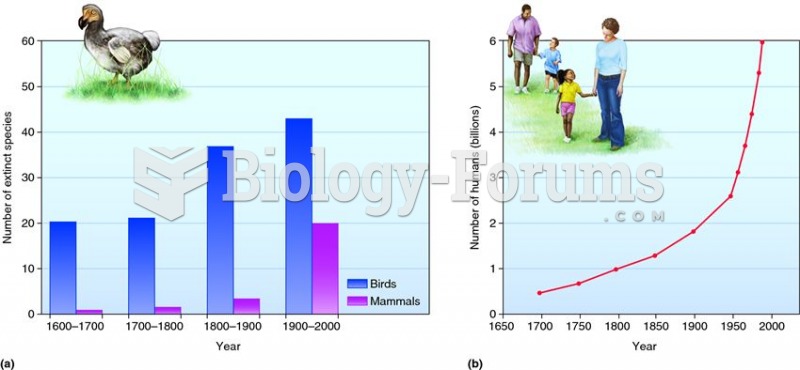Answer to Question 1
Conflict theorists argue that cities do not grow or decline by chance. Rather, they are the product of specific decisions made by members of the capitalist class and political elites. According to sociologists Joe R. Feagin and Robert Parker, three major themes prevail in political economy models of urban growth. First, both economic and political factors affect patterns of urban growth and decline. Second, urban space has both an exchange value and a use value. Third, both structure and agency are important in understanding how urban development takes place. According to political economy models, urban growth is influenced by capital investment decisions, power and resource inequality, class and class conflict, and government subsidy programs. Members of the capitalist class choose corporate locations, decide on sites for shopping centers and factories, and spread the population that can afford to purchase homes into sprawling suburbs located exactly where the capitalists think they should be located. One of the major results of these urban development practices is uneven developmentthe tendency of some neighborhoods, cities, or regions to grow and prosper whereas others stagnate and decline. The growth of gated communities subdivisions or neighborhoods surrounded by barriers such as walls, fences, gates, or earth banks, along with a secured entranceis an example to many people of how developers, builders, and municipalities have encouraged an increasing division between public and private property in capitalist societies. From this perspective, urbanization reflects the workings o f not only the political economy but also of patriarchy.
According to the sociologist Lynn M. Appleton, different kinds of cities have different gender regimesprevailing ideologies of how women and men should think, feel, and act; how access to social positions and control of resources should be managed; and how relationships between men and women should be conducted. As a result both private patriarchy and public patriarchy develop.
Answer to Question 2
Functionalists, in studying the growth of cities, emphasize the life cycle of
urban growth. Sociologist Robert Park based his analysis of the city on
human ecologythe study of the relationship between people and their
physical environment. Economic competition produces certain
regularities in land-use patterns and population distributions. Sociologist
Ernest Burgess developed the concentric zone modela description of
the process of urban growth that views the city as a series of circular
areas or zones, each characterized by a different type of land use that
developed from a central core. Two important ecological processes are
involved:
(1) Invasion is the process by which a new category of people or type of land use arrives in
an area previously occupied by another group or type of land use.
(2) Succession is the process by which a new category of people or type of land use
gradually predominates in an area formerly dominated by another group or activity.
Gentrification is the process by which members of the middle and upper-middle classes,
especially whites, move into the central-city area and renovate existing properties. The
concentric zone model demonstrates how economic and political forces play an important
part in the location of groups and activities, and it shows how a large urban area can have
internal differentiation. Urban ecologist Homer Hoyt's sector model emphasizes the
significance of terrain and the importance of transportation routes in the layout of cities.
According to Hoyt, residence of a particular type and value tend to grow outward from the
center of the city in wedge-shaped sectors, with the more-expensive residential
neighborhoods located along the higher ground near lakes and rivers or along certain
streets that stretch in one direction or another from the downtown area.
According to the multiple nuclei model developed by urban ecologists Chauncey Harris and
Edward Ullman, cities do not have one center from which all growth radiates, but rather have
numerous centers of development based on specific urban needs or activities. As cities
began to grow rapidly, they annexed formerly outlying and independent townships that had
been communities in their own right. According to urban ecologist Amos Hawley, urban
areas are complex and expanding social systems in which growth patterns are based on
advances in transportation and communication. Social area analysis examines urban
populations in terms of economic status, family status, and ethnic classification.







